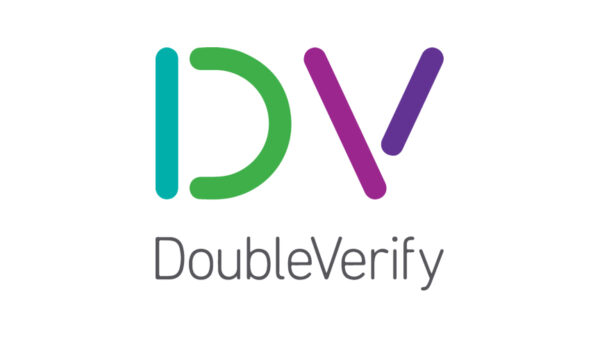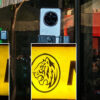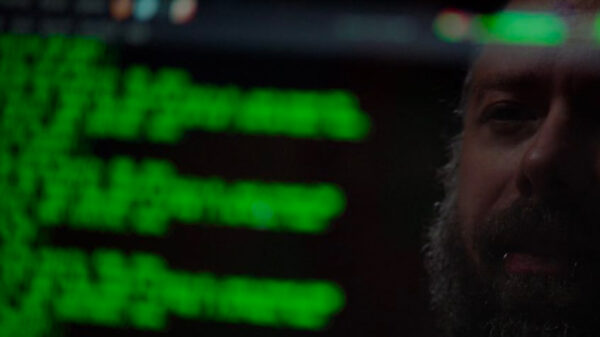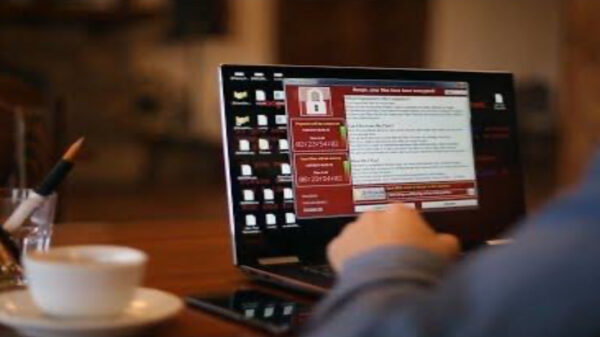The Bank Marketing Association of the Philippines (BMAP), as the leading marketing and communication association in the banking industry, is launching the #FightFraudTogether information campaign to increase consumer awareness and vigilance against cybercrime and fraud.
The global pandemic spurred increased online usage and spending which also gave rise to cybercrimes and fraud cases involving various ways of scamming such as phishing, smishing, SMS scam, ransomware among others as consumers shift to digital transactions. Cyber criminals have evolved and reinvented scams in online shopping, payments and transactions that are becoming more complex and harder to detect. A social media savvy population makes the country vulnerable to cyber-attacks and fraud incidents.
The Bangko Sentral ng Pilipinas (BSP) received around 20,000 consumer concerns in 2020, of which 13% are reports of unauthorized and fraudulent transactions related to deposits, credit cards, e-money services and remittances. The Anti-Money Laundering Council (AMLC) also reported that from March to August last year, fraud cases and unauthorized transactions made up almost 50% of suspicious transaction reports by covered institutions.
BMAP calls for the public to always be vigilant, practice due diligence and to not be complacent when it comes to cybersecurity. Fighting fraud is a shared responsibility among financial institutions, customers, regulators and industry associations.
“By working together, Banks can create greater awareness so more Filipinos can learn how to protect themselves. Everyone has a role to play in Fighting Fraud. By showing a united front, the Banks are sending the message that cybercrime and fraud is a serious issue,” says BMAP President Mike Villa-Real.
BMAP recognizes that a major attack could shake the banking industry’s stability. Perpetrators can be more sophisticated, well-funded and organized. To stay cybersafe, BMAP shares some tips to help protect the banking public against scamming attempts from fraudsters.
1. Always check the legitimacy of the message or email you receive. Look at the email address, not just the sender. Double check the contact details, official website, and social media accounts of the sender. Ignore and report suspicious links that require private information.
2. Protect sensitive information. Always be vigilant when dealing with your information online. Fraudsters trick their target victims into giving personal information.Do not share your One-Time Pin (OTP), account and credit card numbers, card CVV/CVC and expiry date, online banking log-in details for your bank accounts.Banks will never ask for these details. Do not overshare personal information on social media to avoid compromising personal identity.
3. Do not panic. Fraudsters use scare tactics to pressure target victims. When you receive an email or SMS that threatens or asks you to do something with urgency, stay calm and do not feel obligated to act on the request. Report the incident to your bank immediately.
4. Be cautious. Stay alert when making online payments to a bank, biller or merchant. Make sure the website is secured. Look for security-enabled web addresses that start with “https://.” A closed lock or padlock also indicates that the website is secure.
5. Create and use a strong password for all your accounts, and preferably set a different password for each account. Should a fraudster obtain any of your passwords, at least only one account will be compromised. Activate account notification if available. Some banks have notification alert tools where they send text messages or email notifications after each transaction.
6. If your bank account or credit card gets compromised. Report the incident immediately to your bank, request for account or card deactivation or blocking, and file an investigation of unauthorized transactions.
7. When in doubt, report. To report any fraud attempt or incident, call the Customer Service Hotline or Fraud Department Hotline of your bank, the NBI Cybercrime Division or Anti-Fraud Division at 0961-734-9450 and (632) 85238231-38, or the Bangko Sentral ng Pilipinas (BSP) Consumer Protection Department at (632) 8708 7087.
BMAP assures the public that consumer safety and security are paramount and utmost priority of its member banks. Financial institutions are investing heavily in measures to increase security of their online infrastructure and to ensure that their cybersecurity defense remain robust. Banks also regularly review and update policies and procedures to prevent and block cybersecurity threats and fraud attempts in the online and digital economy.
The #FightFraudTogether campaign of BMAP with its member banks will start with a two- month campaign sharing information about the common and most recent modus operandi of bank-related crimes across all banking channels. Through this campaign, BMAP recognizes that fighting fraud is a shared responsibility among institutions, customers, regulators and associations.














































































































